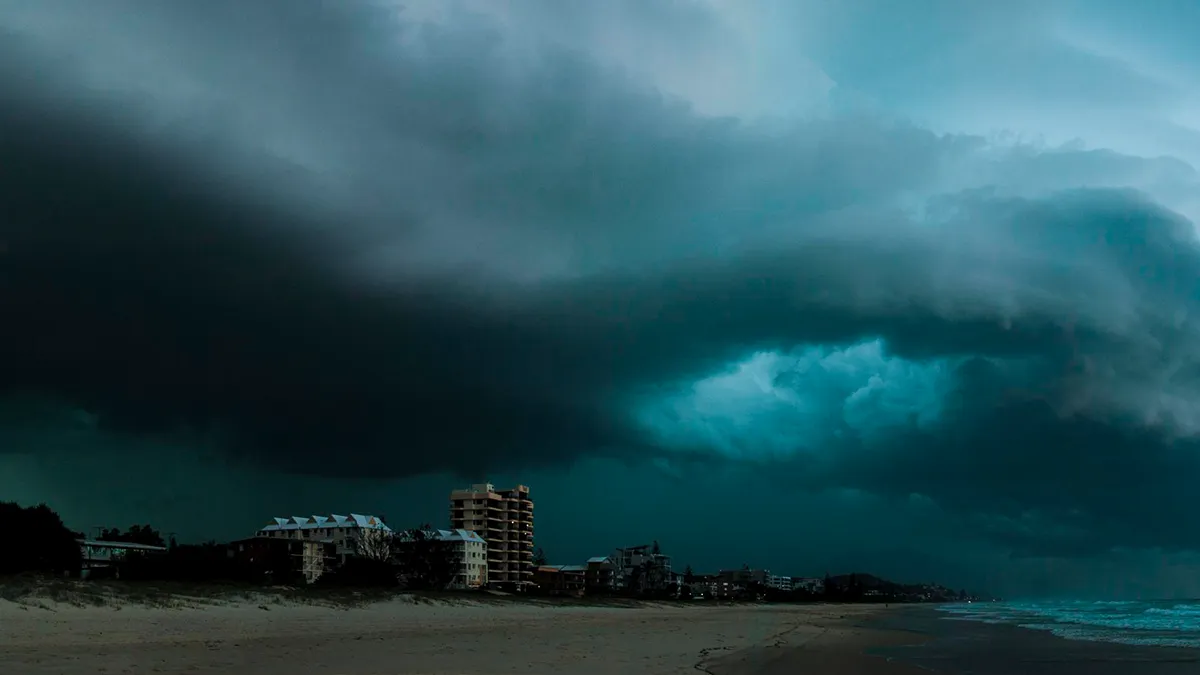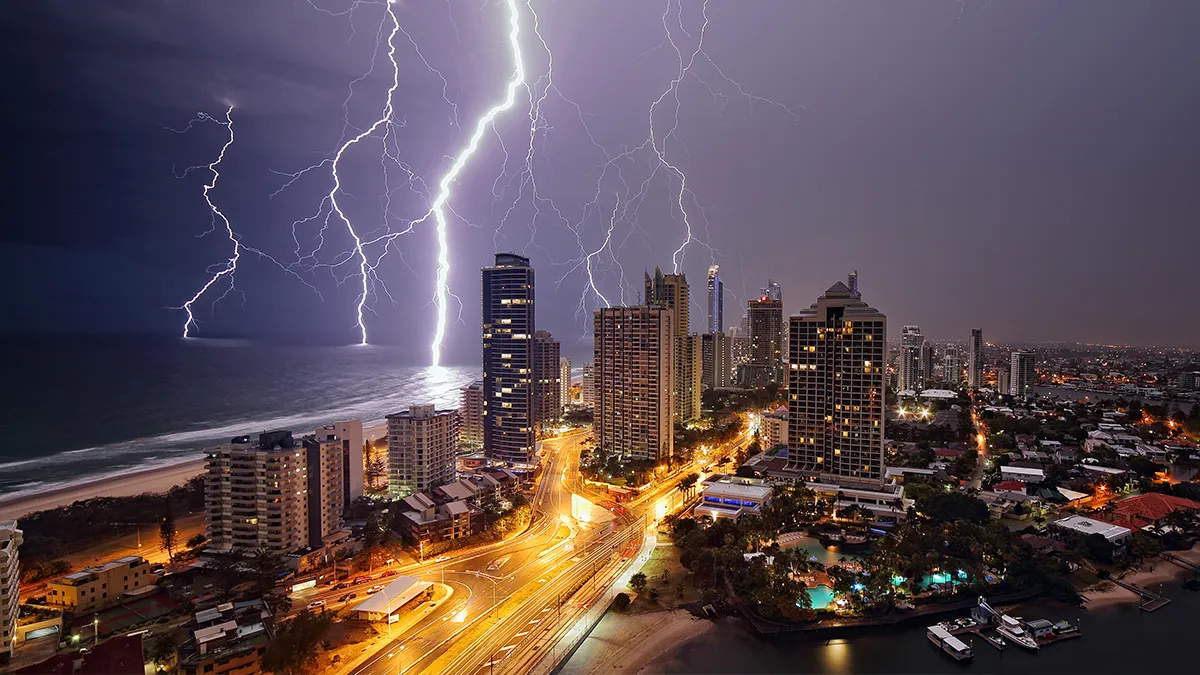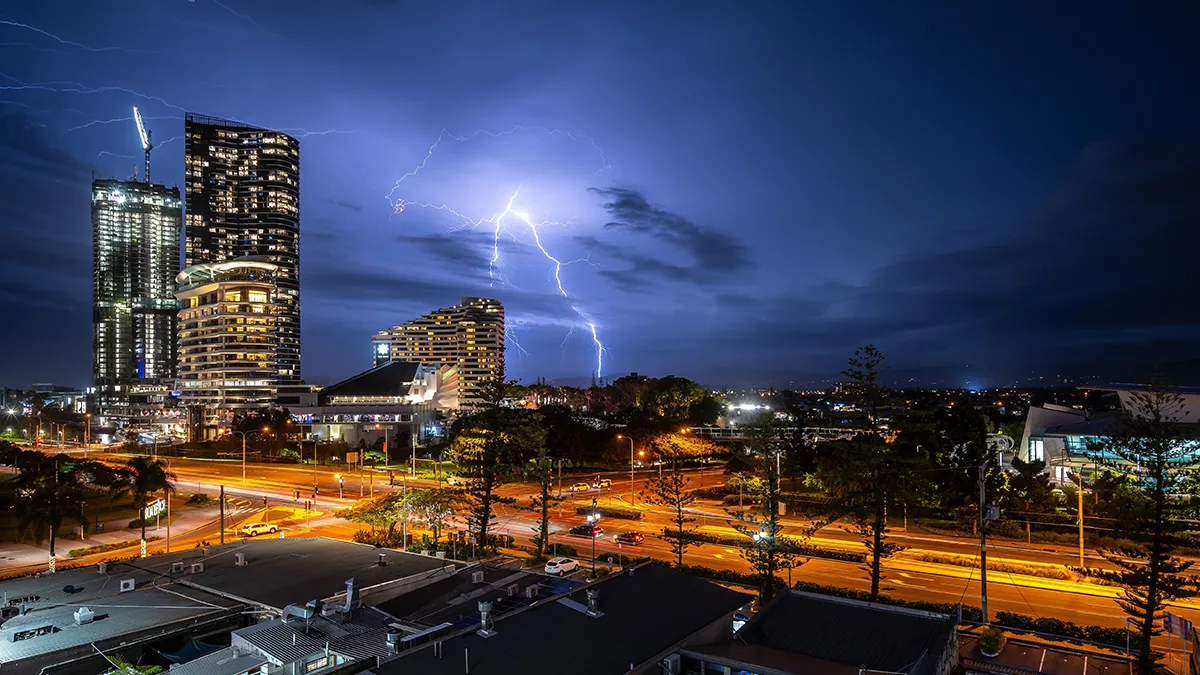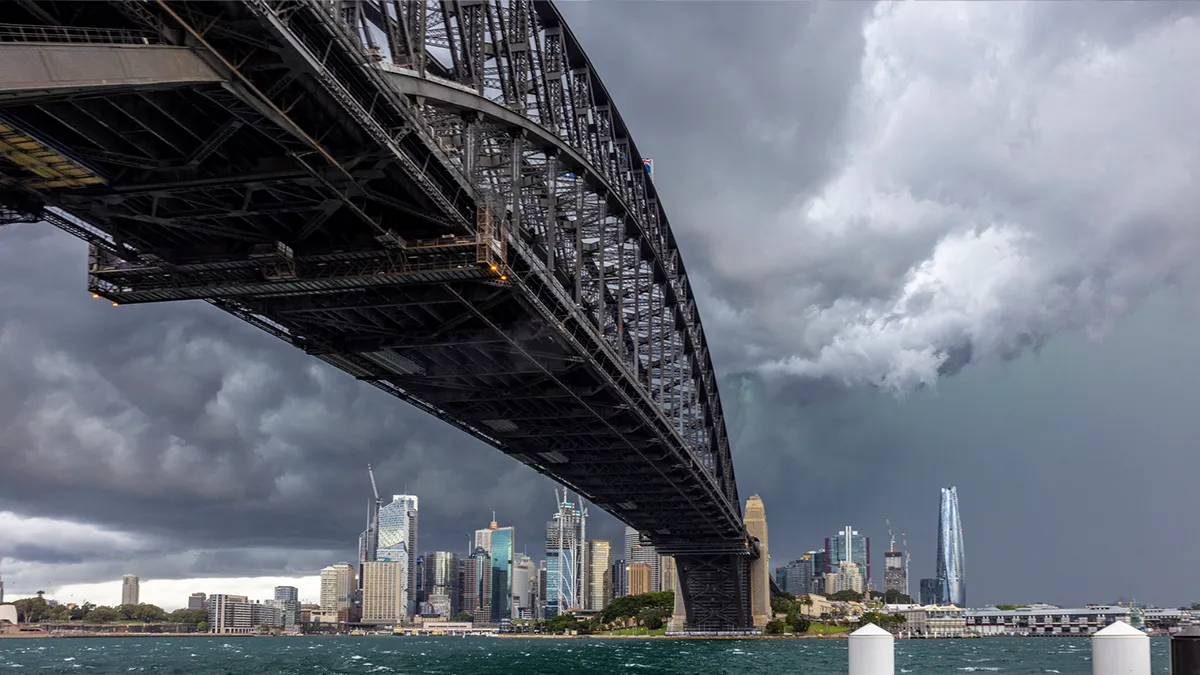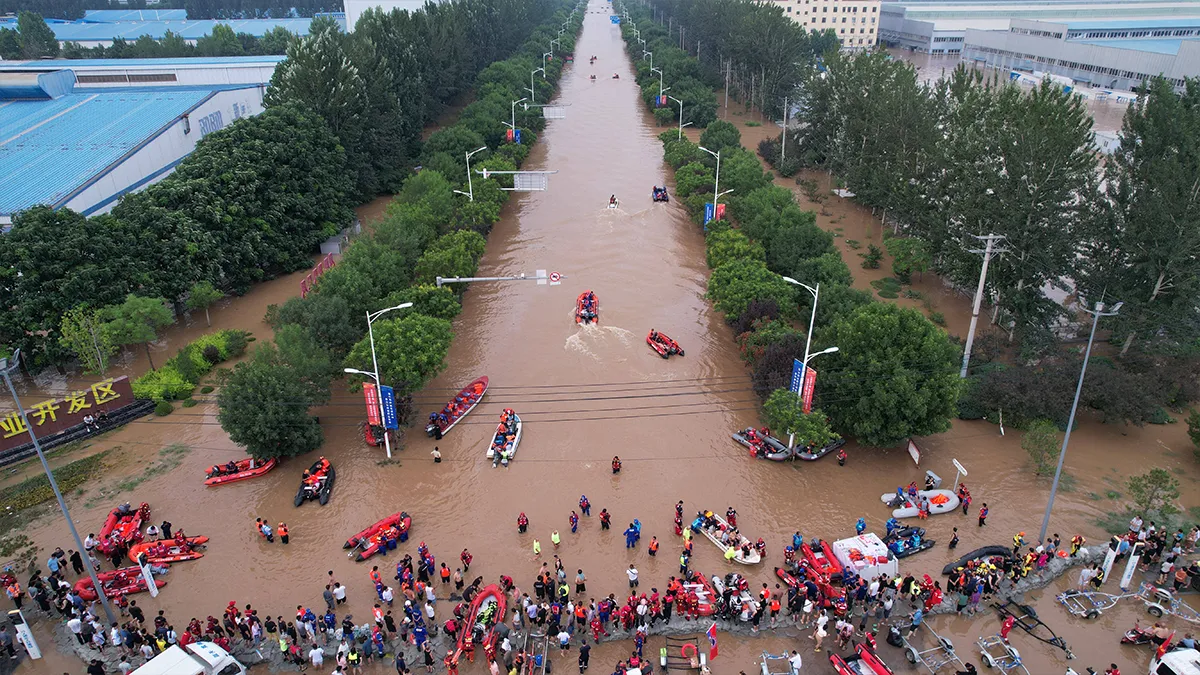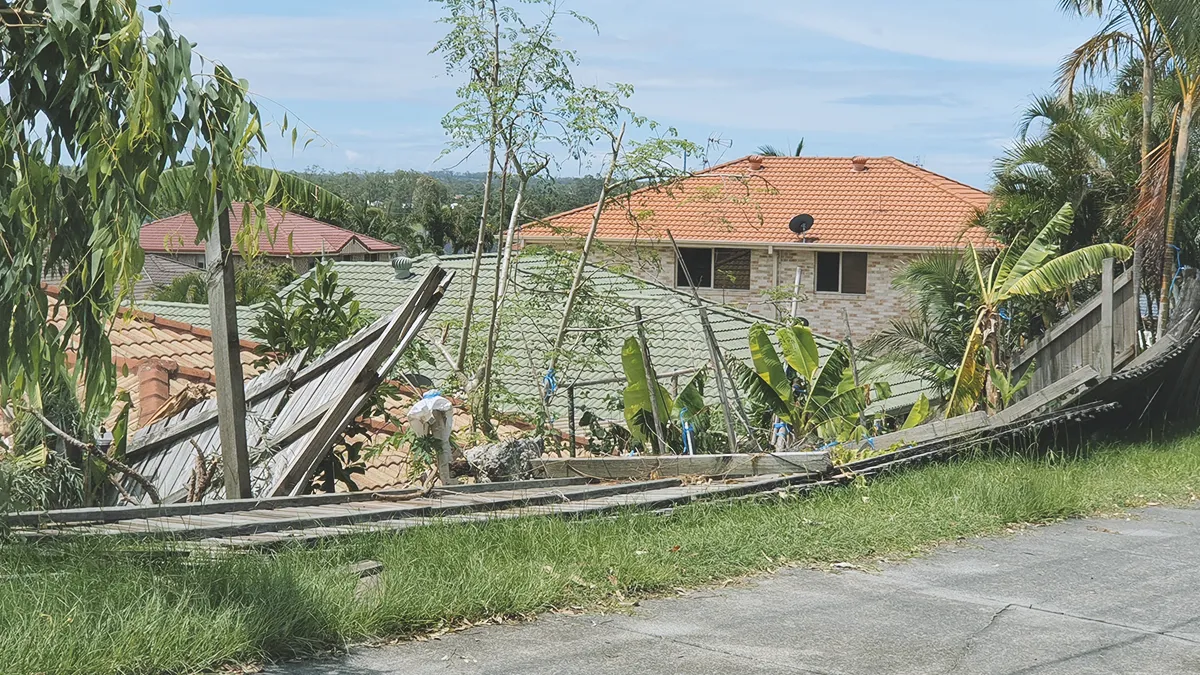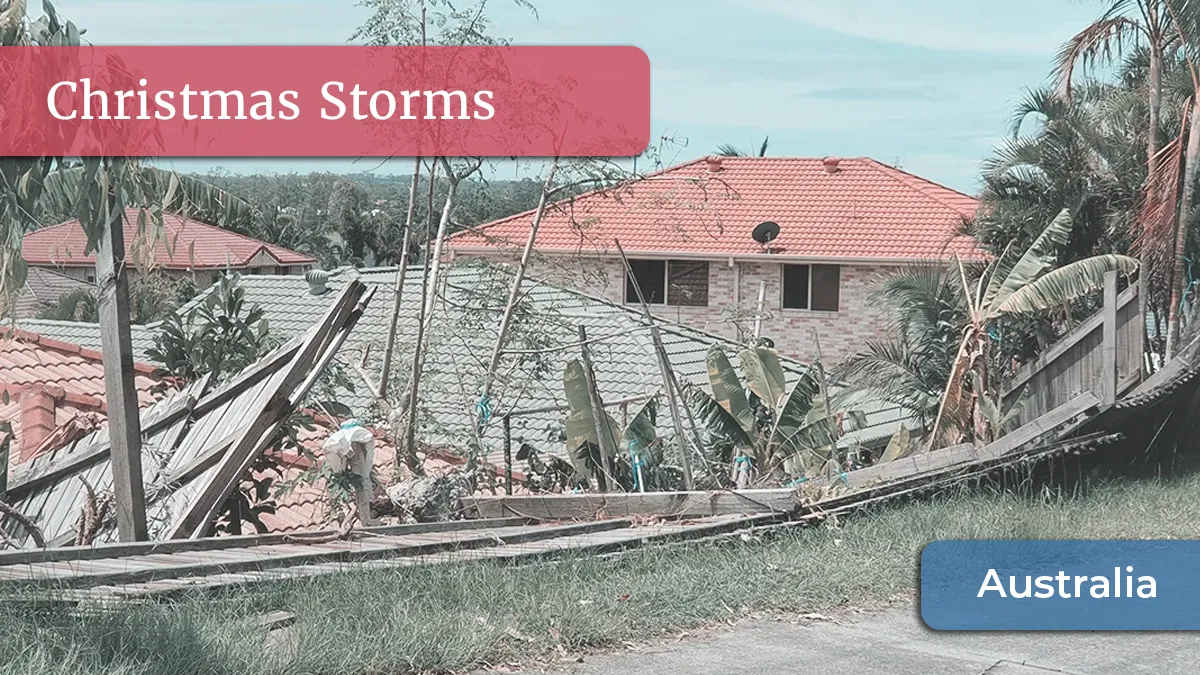Australia Christmas Storms - as it developed
Reinsurance pool list
What are reinsurance pools?
A reinsurance pool is a collective risk management strategy where a combination of insurers, reinsurers, government and non-profits come together to pool resources and share risks.
They cover instances of large, catastrophic events — usually nat cats. Think earthquakes, typhoons, storms, wildfires, volcanoes; these events are usually difficult for a single insurer or (re)insurer to manage on their own.
In a 2018 report on government reinsurance pools, AXA XL counted around 124 individual pools in Asia. The list did not include smaller municipal pools.
Successful reinsurance pools need to consider many different factors, like financial viability, spread of risk, collaborations with the private market and government. Pools will also need a government financial backstop, with the government being a reinsurer of last resort, said the AXA XL report; by their nature, pools are established to cover what the private market doesn’t do so sufficiently, and will have pre-arranged finance to cover up to a point. A disaster that causes excessive damage beyond that point is bound to be unmanageable, AXA XL says.
Why are insurance pools so important?
The Asia-Pacific region witnessed 6980 disasters from 1900 to 2020 that killed 10 or more people or injured 100 or more. Most of these disasters were low intensity and high frequency, but nearly 1 percent of these disasters were classified as very high intensity, according to the Emergency Events Database.
Projections indicate that disasters would become more complex and costly, as unplanned urbanisation, climate change and environment degradation continues, according to Dr P G Dhar Chakrabarti, former secretary of India’s National Disaster Management Authority.
Nat Cat pools
Australian Reinsurance Pool Corporation
The Australian Reinsurance Pool Corporation (ARPC) operates a cyclone reinsurance pool that provides insurance cover for cyclone and cyclone-related flood damage to houses, small businesses and strata.
It also operates a terrorism reinsurance pool that provides cover for eligible terrorism losses.
The Cyclone Pool is backed by a AU$10 billion government guarantee. Participation is mandatory for general insurers with eligible policies.
As climate change impacts cyclone-prone regions across Australia, the pool is meant to keep home coverage affordable and provide more significant relief. An ARPC analysis of insurer quotes in December 2023 suggested that general insurance availability has been improving for people living in cyclone-prone regions.
Southeast Asia Disaster Risk Insurance Facility
The Southeast Asia Disaster Risk Insurance Facility (SEADRIF) is a regional platform that provides Southeast Asian nations with advisory and financial services to increase preparedness, resilience and cooperation in response to climate and disaster risks. All ASEAN members can join, as well as China, Japan and South Korea.
It was tested after the Lao government claimed two payouts with a total of US$1.5 million in response to a flood that affected 10 provinces in August 2023 and remaining reconstruction work from flooding caused by a tropical storm in 2022.
Countries determine how much premium they can pay, and SEADRIF will calculate the level of coverage it can offer in return. The platform works with reinsurers to maintain long-term sustainability of the initiative.
Japan Earthquake Reinsurance Co.
The oldest government reinsurance pool in APAC, Japan Earthquake Reinsurance Co was established by 20 domestic Japanese non-life insurers in 1966. It is at the center of Japan’s reinsurance system, and undertakers reinsurance procedures with the government and non-life insurance companies while managing and operating premiums paid by policyholders.
It is the only earthquake reinsurance company in Japan.
Taiwan Residential Earthquake Insurance Fund (TREIF)
Set up after the September 21, 1999 earthquake in Taiwan, the Taiwan Residential Earthquake Insurance Fund (TREIF) provides coverage for actual total loss or constructive total loss due to fire, explosions, landslide, land subsidence, land movement, land fissures, land ruptures, or tsunamis, sea surges and floods caused by an earthquake.
It has a unique layered structure, where risk is retained in the country for the first TW$3 billion. It is then transferred to TREIF up to TWD 20 billion, and above that, risk is then transferred to the reinsurance market and government, according to AXA XL.
COP28 Loss and Damage Fund
A proposed loss and damage fund was set up at the COP28 conference in December last year. While $700 million have been pledged to the fund, it’s estimated that what’s been pledged will cover the equivalent of less than 0.2% of the irreversible economic and non-economic losses development countries are facing from climate change, the Guardian reported.
The loss and damage in developing countries is expected to be greater than $400 billion per year and rising, with estimates for annual cost varying between $100 billion to $580 billion.




